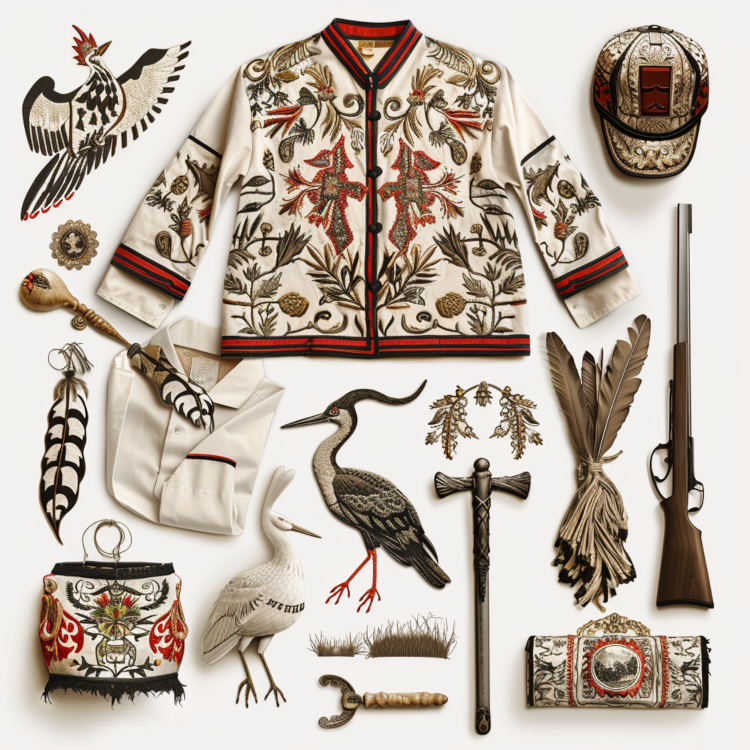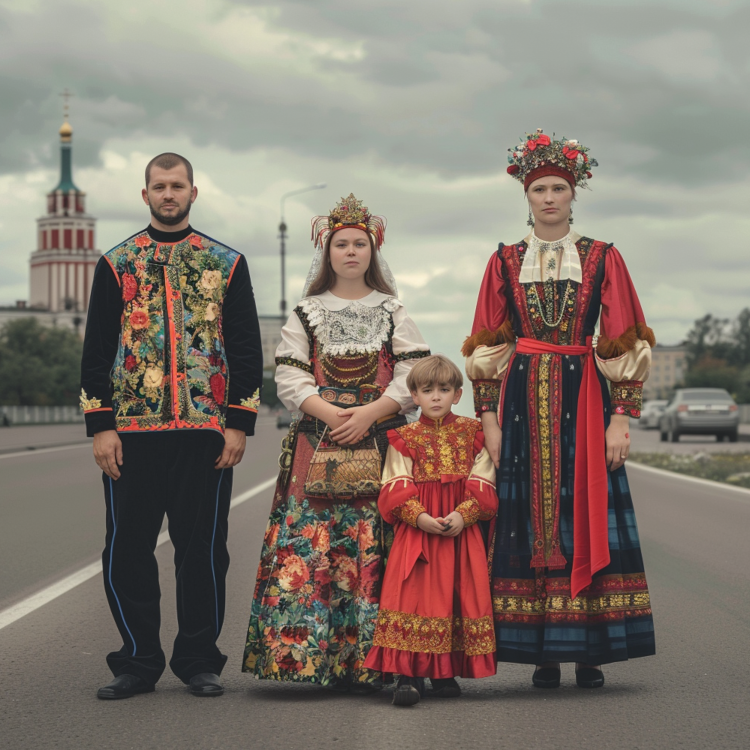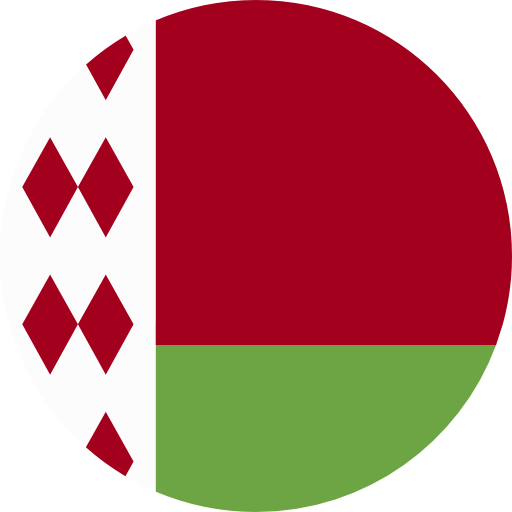About BY

Belarus is a landlocked country located in Eastern Europe, bordered by Russia to the east and northeast, Ukraine to the south, Poland to the west, and Lithuania and Latvia to the northwest. Its capital and largest city is Minsk.
The country has a population of around 9.5 million people and its official languages are Belarusian and Russian. The majority of the population is Christian, with Eastern Orthodoxy being the most widely practiced religion.
Belarus has a mixed economy with a focus on heavy industry, agriculture, and energy. The country is rich in natural resources, including timber, peat deposits, and arable land. Its main exports are machinery and equipment, mineral products, and chemicals.
Belarus has a long history, with evidence of human settlement dating back to prehistoric times. The country has been ruled by various powers throughout its history, including Lithuania, Poland, Russia, and the Soviet Union. Belarus declared independence from the Soviet Union in 1991 and has since become a member of the United Nations, the Commonwealth of Independent States, and the Eurasian Economic Union.

National Culture Objects
The Pahonia (Pursuer) Emblem
The Pahonia, depicting a knight on horseback with a raised sword, is a historical emblem symbolizing Belarusian heritage and the country's medieval past. It represents courage, valor, and the struggle for independence.
Belavezhskaya Pushcha
This ancient forest, a UNESCO World Heritage Site, symbolizes Belarus's rich natural heritage. It is one of the last and largest remaining parts of the primeval forest that once covered the European Plain.
Stork
The stork is a national bird of Belarus and a symbol of peace, prosperity, and the country's rural beauty. It is often seen nesting in villages, representing good fortune and family well-being.
Vyshyvanka
The traditional embroidered shirt, or Vyshyvanka, symbolizes Belarusian cultural heritage and identity. The intricate patterns and designs reflect regional traditions and are worn during national celebrations and festivals.
Mount of Glory
This war memorial commemorates the Soviet soldiers who fought in World War II, symbolizing Belarus's significant role in the war and the sacrifices made by its people. It is a place of national pride and remembrance.
Marc Chagall's Art
Marc Chagall, a famous painter born in Belarus, symbolizes the country's contribution to world art and culture. His works, which blend folklore and modernism, reflect the cultural richness of Belarus.

The national anthem of Belarus is called "My Belarusy" (We Belarusians) in Belarusian, and "Mahutny Bozha" (Mighty God) in Russian, which are both official languages in Belarus. The anthem was written and composed in 1955 and was originally used as the anthem of the Byelorussian Soviet Socialist Republic, a constituent republic of the Soviet Union.
After the fall of the Soviet Union, Belarus adopted a new version of the anthem in 1995, with modified lyrics to reflect the country's independence. The music and melody remained the same as the original Soviet-era anthem. The anthem praises the country's beauty, people, and culture, and expresses pride in being Belarusian.


